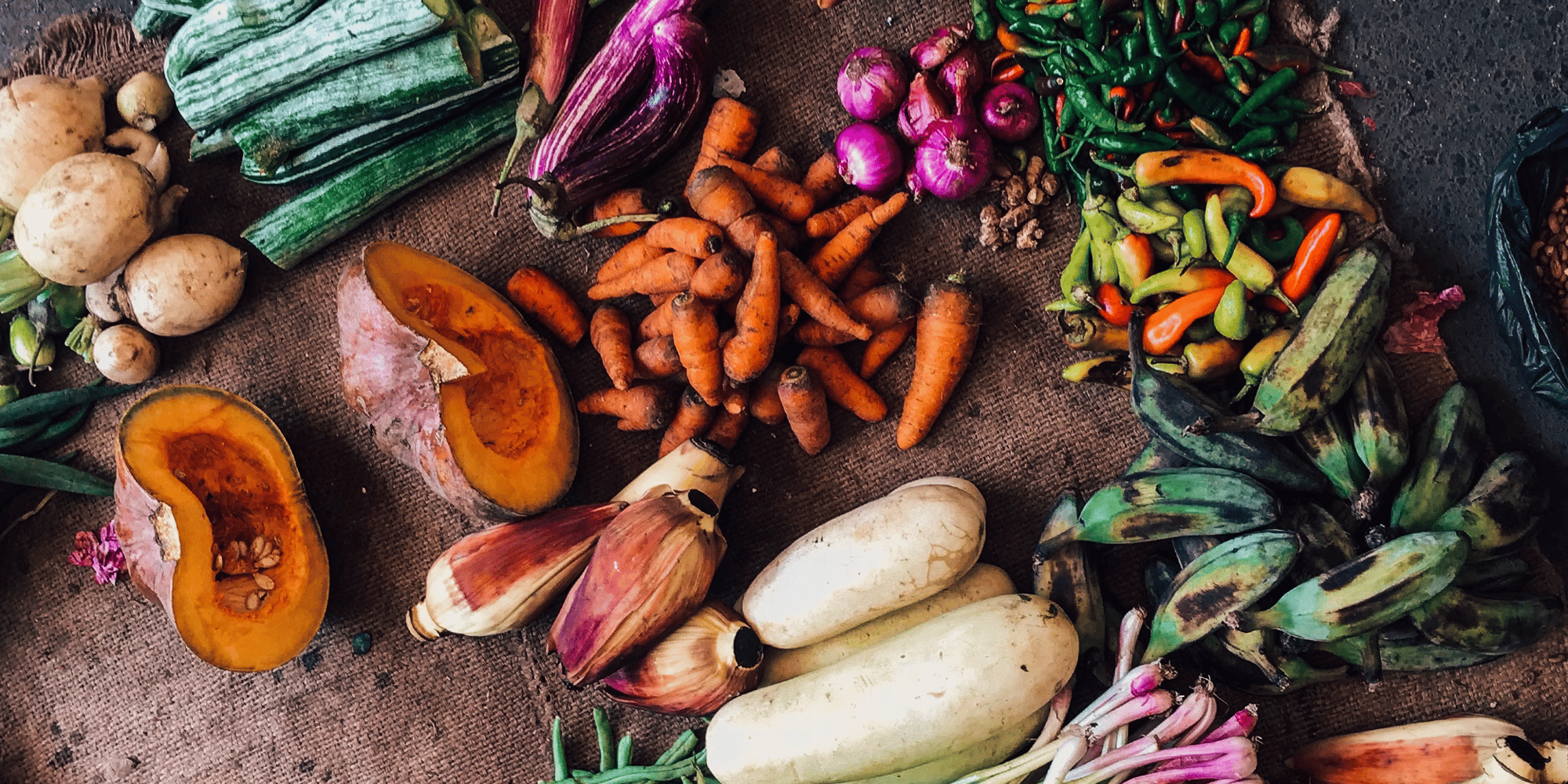Here’s what you need to know:
Announced on December 2, 2023, the USDA, EPA, and FDA have partnered in a Draft National Strategy for Reducing Food Loss and Waste and Recycling Organics. This strategy aims to meet the national goal of halving food loss and waste by 2030 in alignment with the United Nations Sustainable Development Goal 12.3.
The strategy focuses on four main objectives:
- Preventing food loss
- Preventing food waste
- Increasing the recycling rate for all organic waste
- Supporting policies that encourage food loss and waste prevention and organics recycling.
The strategy has been opened for public comment, inviting input from a broad range of stakeholders, including consumers, businesses, and community groups.
Why it matters:
This ambitious strategy is a pivotal response to the global food waste crisis. Annually, a third of all food produced globally goes uneaten, costing the world economy $940 billion and contributing roughly 10% of greenhouse gases. The U.S. strategy aims to halve food loss and waste by 2030, aligning with the UN's global goal and addressing both economic and environmental impacts.
The strategy signals a paradigm shift for businesses in the food sector. They will need to adapt by implementing new waste reduction technologies, optimizing supply chains, and possibly engaging in initiatives like the "10x20x30" supply chain initiative. This shift represents both a challenge and an opportunity for innovation and leadership in sustainability.
While the U.S. joins other countries in establishing a national strategy, it's noteworthy that nations like the UK and the Netherlands have already implemented similar plans. The UK's Courtauld Commitment, a collaboration of 53 retailers focusing on reducing food waste, exemplifies proactive steps already in place in some countries. This context places the U.S. effort as an important yet comparatively late entry in the global arena.
What’s the impact we can expect?
The strategy takes an inclusive approach to food loss and waste from production to household consumption, focusing on organic waste, including food and yard trimmings, throughout the supply chain.
Environmental: By diverting food waste from landfills, the strategy aims to reduce methane emissions, a significant contributor to climate change. This effort supports broader environmental goals like the U.S. Methane Emissions Reduction Action Plan.
Community and Economic Advantages: Implementing the strategy can increase food access, especially in food-insecure areas, create new job opportunities, and spur innovation, providing both social and economic gains.
The Biden-Harris Administration invites input from a diverse range of partners, including local and state governments, industry associations, and community-based organizations, to refine and implement the strategy effectively. The EPA and USDA are tasked with collaborating to develop improved methods for measuring food loss and waste, ensuring progress toward national goals is accurately monitored and assessed.
Read the full draft strategy here.
In conclusion, the U.S. strategy marks a critical step towards global sustainability goals, urging a coordinated response across the public and private sectors to address food loss and waste as a pressing environmental and economic challenge.









Comment on my blog